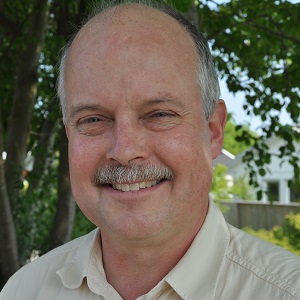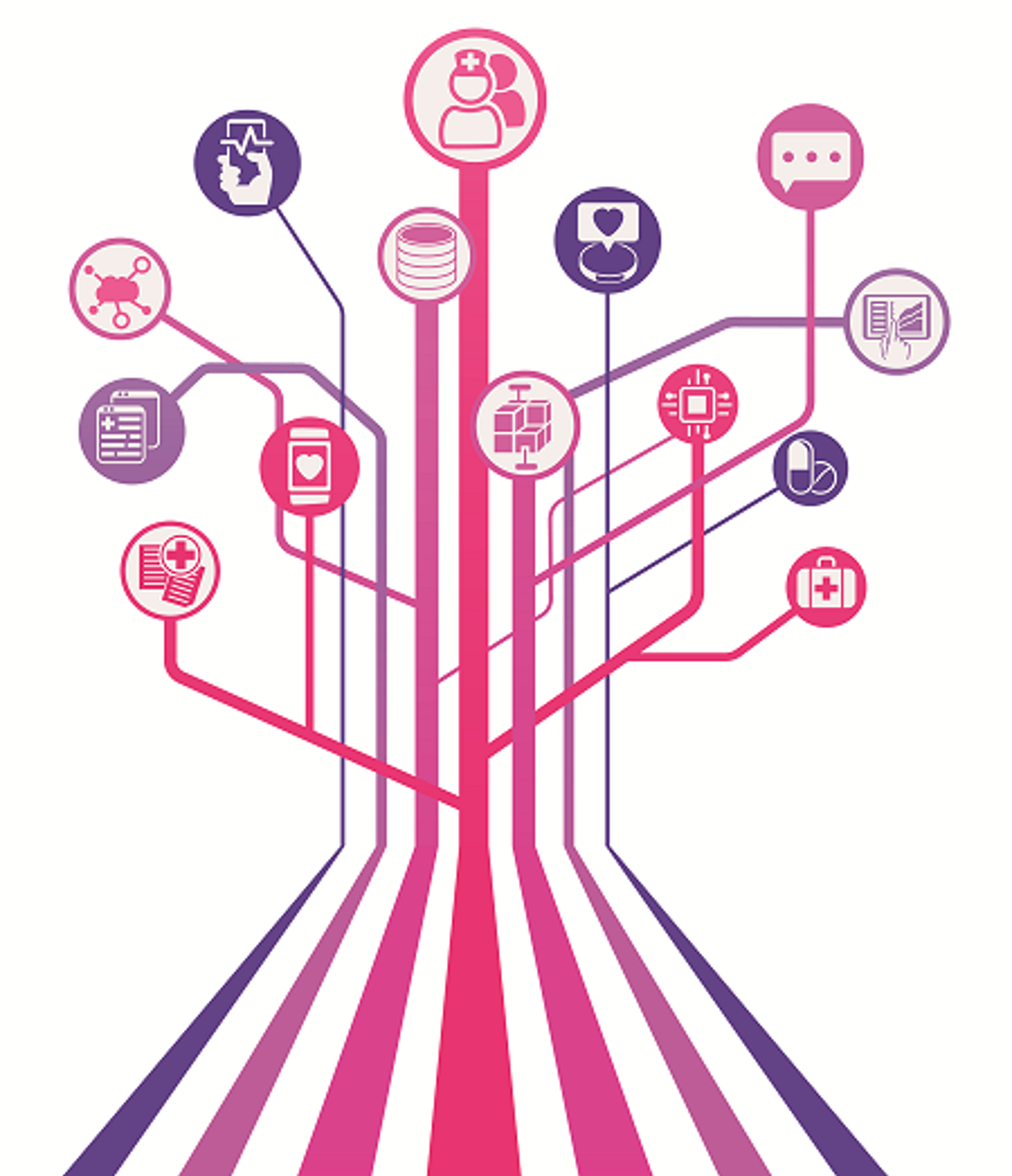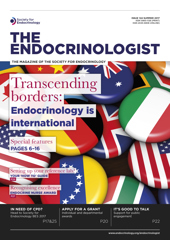In Sweden, we have seen the establishment of large cohorts and registers over the last 2 decades to provide data for a better understanding of diabetes epidemiology. Such databases can also be linked to national registers on morbidity and mortality, as well as drug usage (provided by the National Board on Health and Welfare), when a 10-digit personal identification number is used for linkages.
NATIONAL DIABETES REGISTER
It all started in 1996, when the National Diabetes Register (NDR) of Sweden was established as a response to the St Vincent Declaration on improved quality of care for patients with diabetes. The NDR (which has been led by Soffia Gudbjörnsdottir (Gothenburg) for a number of years) has developed into a national resource, now covering more than 98% of all patients with diabetes treated at hospital level and in primary healthcare. The data included in the NDR are derived from electronic medical records, but previously also from records held on paper.
A number of publications have described trends in risk factor control as well as special characteristics of patients with different diabetes complications.1,2 In fact, one recent paper even described the profile of patients with type 1 diabetes escaping complications even after a very long follow-up.3 Even high-impact journals have accepted papers that include observational register data from the NDR.4,5
One shortcoming of the NDR is, however, the lack of a biobank, as well as matched non-diabetic controls. It should be mentioned that it took at least 15 years to achieve national coverage for the NDR, and this was based not only on agreements between healthcare representatives but also on support and funding from national authorities such as the National Board on Health and Welfare.
DISS REGISTER AND AUTOIMMUNITY
Another national register, the DISS (Diabetes Incidence Study in Sweden) Register, is based on information from younger patients with new-onset diabetes before the age of 35 years. One of its leaders is Mona Landin-Olsson, the current President of the Swedish Society for Diabetology. The register’s focus is on using autoimmune markers of diabetes to diagnose different types of diabetes, including late autoimmune diabetes in the adult.6
In Skåne, a southern province of Sweden, local diabetes registers and cohorts have been set up by researchers from Malmö led by Leif Groop. The bold ambition has been to screen all newly detected patients with diabetes in Skåne and to collect data on immunological markers as well as other useful information and characteristics, including a full genetic profile. The goal is to use this information for a better classification of patients with diabetes.7
OTHER COHORTS
Sweden also has a number of large population-based screening studies (cohorts) with a special emphasis on diabetes and its complications. One such is the Västerbotten Project in the northern part of the country, where Olov Rolandsson and Stefan Söderberg are leading research focused on diabetes.8
In Malmö, two large-scale population-based cohorts (the Malmö Preventive Project (MPP) and Malmö Diet Cancer (MDC)) have contributed richly to describe the genetics of type 2 diabetes as well as predictive factors.9,10
'The existence of national registers as well as local cohorts with extensive biobank resources makes it possible to further study the profile and risk factor patterns associated with type 2 diabetes, as well as diabetes complications'
This work is led by Olle Melander and Peter M Nilsson. One particular asset is the rich data on dietary intake and physical activity in the MDC cohort, which can be used in combination with genetics to explore gene–environmental associations (led by Marju Orho-Melander and Paul Franks).11,12
Another valuable local screening project in Malmö is the TEDDY (The Environmental Determinants of Diabetes in the Young) Project, where siblings and relatives of children with type 1 diabetes are invited to undertake screening and mapping of autoimmune markers. The aim is to find new ways for early identification of individuals at risk among siblings and to offer them early prevention. Åke Lernmark is leading work on testing new immunisation therapy, in collaboration with researchers in the USA.13
In Linköping (also in southern Sweden), Fredrik Nyström and CarlJohan Östgren have led work with a special cohort, known as CARDIPP (Cardiovascular Risk Factors in Patients with Diabetes – a Prospective Study in Primary Care). This has described the haemodynamic profile of patients with type 2 diabetes, and also led to publications on so-called ‘masked hypertension’. This phenomenon occurs in about 25% of all patients with type 2 diabetes who lack, for example, nocturnal dipping patterns of their blood pressure.14
Further work includes a local register of all children with new-onset type 1 diabetes in south-east Sweden (led by Johnny Ludvigsson), and a similar national register by Gisela Dahlquist (Umeå). Meanwhile, the Stockholm Diabetes Prevention Programme (led by Claes-Göran Östensson) focuses on family traits of β-cell function and risk of complications.15
WHAT’S THE SECRET OF SUCCESS?
You might ask how researchers in Sweden manage to set up this type of longitudinal study. It could be our tradition of using personal identification for register follow-up, which is generally supported by the population as well as patient organisations. In addition, there is also the financial support from funding bodies such as the Research Council of Sweden.
Another important aspect is the dedication of clinicians working together with researchers to set up quality registers such as the NDR for benchmarking. One special feature of the NDR is the fruitful collaboration between hospitals and primary healthcare, mostly in the public domain, which is built on mutual trust and interaction between different care levels.
For biobank usage we need technical platforms for omics and biomarker discoveries, such as SciLife – a technical platform supported by the Swedish Government.
In summary, the existence of national registers as well as local cohorts with extensive biobank resources makes it possible to further study the profile and risk factor patterns associated with type 2 diabetes, as well as diabetes complications. We also have some registers and cohorts dedicated to type 1 diabetes, including data from siblings. These can contribute to a better understanding of disease progression and a basis for new treatment, as well as improved quality of care.
It is of special interest to focus on patients escaping complications in spite of diabetes of long duration. If the mechanisms behind this protection could be revealed, and the genetic structure described, there could well be new ideas for future drug targets for protection against complications.
Thus, national registers and local cohorts can effectively be combined as an asset for research on type 1 and type 2 diabetes.
Peter M Nilsson, Department of Clinical Sciences, Lund University, Skåne University Hospital, Malmö, Sweden
REFERENCES
1. Gudbjörnsdottir S et al. 2003 Diabetes Care 26 1270–1276.
2. Gudbjörnsdottir S et al. 2009 Diabetic Medicine 26 53–60.
3. Adamsson Eryd S et al. 2017 Diabetic Medicine 34 411–418.
4. Tancredi M et al. 2015 New England Journal of Medicine 373 1720–1732.
5. Eliasson B et al. 2015 Lancet Diabetes & Endocrinology 3 847–854.
6. Jensen RA et al. 2011 PLoS One 6 e17569.
7. Tuomi T et al. 2014 Lancet 383 1084–1094.
8. Rolandsson O et al. 2012 Scandinavian Journal of Primary Health Care 30 81–87.
9. Lyssenko V et al. 2008 New England Journal of Medicine 359 2220–2232.
10. Enhörning S et al. 2010 Circulation 121 2102–2108.
11. Hindy G et al. 2012 Diabetologia 55 2646–2654.
12. Langenberg C et al. 2014 PLoS Medicine 11(5):e1001647.
13. Steck AK et al. 2017 Pediatric Diabetes Jan 27. doi: 10.1111/pedi.12485.
14. Wijkman M et al. 2009 Diabetologia 52 1258–1264.
15. Kuhl J et al. 2005 Diabetologia 48 35–40.







